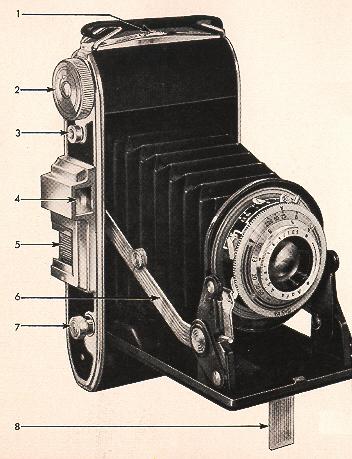
The next page contains information on this
camera.
If the image below looks like your camera,
click below to see the PDF manual.
The next page also contains information
on how to donate to this site.
https://www.PayPal.me/butkus
Venmo @mike-butkus-camera Ph. 2083
<<<
IF YOU WOULD LIKE THIS OR ANY PDF FILE
PRINTED, BOUND AND MAILED TO YOU,
SEE THIS OUTSIDE COMPANY'S OFFER
>>>
Click here for main Camera Manual site
Problems
opening PDF files or printing problems
- click here
CLICK HERE TO CONTINUE TO
Ansco Viking F/6.3 HTML MANUAL
- BETTER READING
CLICK HERE TO Ansco Viking F/6.3
PDF VERSION - BETTER PRINTING
